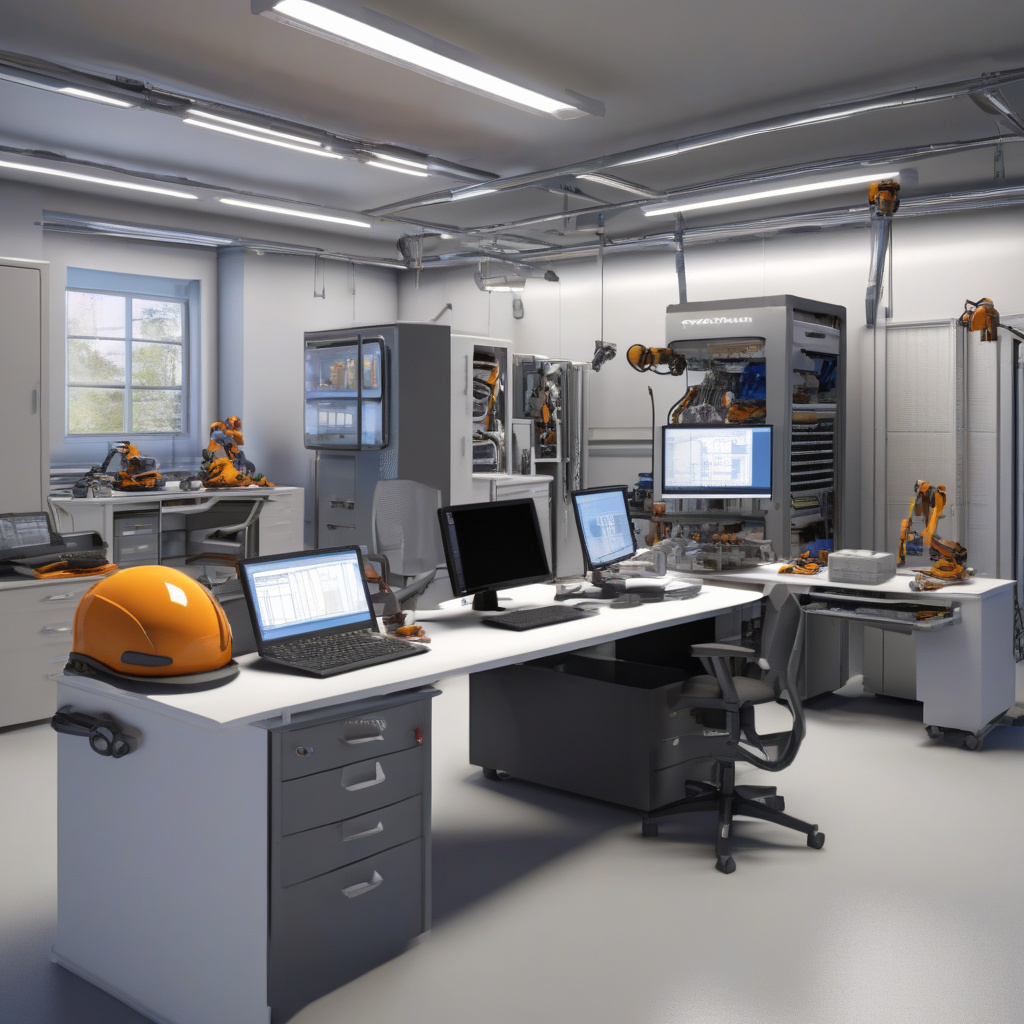Design Automation in Closure Engineering: Enhancing Efficiency with CATIA and VB Scripting
In the realm of modern closure systems for Electric Vehicles (EVs) and advanced vehicles, the complexity goes beyond mere geometry. The need for embedded logic, constraint-driven structures, and validation-aware modeling is paramount. This is where the fusion of CATIA V5/V6’s potent 3D capabilities with VB scripting comes into play, transforming the way engineers approach design.
CATIA V5/V6 is renowned for its robust 3D modeling features, but its potential truly shines when engineers harness its capabilities akin to writing code. By leveraging VB scripting, engineers can infuse design intelligence directly into the CAD model, ushering in a new era of parametric automation for intricate mechanical assemblies.
Imagine a scenario where the tedium of review cycles is significantly reduced, design intent is meticulously enforced, and a seamless, traceable workflow for simulation-ready closures becomes the norm. This isn’t just a futuristic dream but a tangible reality with the integration of parametric automation.
Let’s delve into the tangible benefits that this approach offers:
- Streamlined Review Cycles:
By automating repetitive tasks and design modifications through VB scripting, engineers can significantly cut down on the time spent on review cycles. Changes can be propagated swiftly across the assembly, ensuring consistency and accuracy while minimizing human errors.
- Enforced Design Intent:
With parametric automation, design intent becomes ingrained in the CAD model itself. Parameters, constraints, and relationships are defined within the script, safeguarding the original design concept throughout the iterative process. This not only enhances design integrity but also accelerates decision-making.
- Traceable Workflow for Simulation-Readiness:
Automation through VB scripting paves the way for a traceable design process. Every modification made through the script is logged, providing a clear audit trail of changes. Moreover, the parametric nature of the model facilitates seamless integration with simulation tools, ensuring that the closure design is simulation-ready at all times.
By embracing the fusion of CATIA and VB scripting, engineers can transcend traditional design boundaries and unlock a realm of possibilities in closure engineering. The synergy between advanced CAD capabilities and scripting prowess empowers engineers to not only design intricate assemblies but also imbue them with intelligence and automation, revolutionizing the way closures are engineered in the automotive industry.
In conclusion, the era of parametric automation in closure engineering is here to stay, offering a paradigm shift in design efficiency, accuracy, and adaptability. The marriage of CATIA’s 3D prowess with VB scripting’s automation capabilities heralds a new dawn where complex closures are no longer just assemblies but meticulously crafted systems driven by intelligent design logic. So, gear up to embrace this transformative approach and witness the evolution of closure engineering as we know it.

